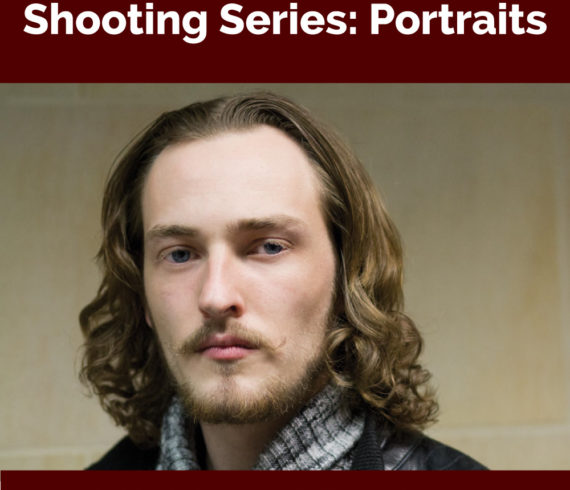
Shooting Series: Portraits
by Shekinah Shazaam Photography·
April 16, 2017·
in Blogging, Photography, Shooting Series·
0 comments
tags: blog, blogging, headshots, love, passion, photography, portraits, shekinahshazaamphotography
Read More

Shooting Series: Motion
by Shekinah Shazaam Photography·
February 19, 2017·
in Blogging, Photography, Shooting Series·
0 comments
tags: action, blur motion, freeze motion, motion, photography, shekinahshazaamphotography, tips
Read More

Shooting Series: Print Artwork
by Shekinah Shazaam Photography·
January 15, 2017·
in Blogging, Photography, Shooting Series·
0 comments
tags: blog, blogging, how to, photography, print portfolio tips, shekinahshazaamphotography, shooting prints
Read More